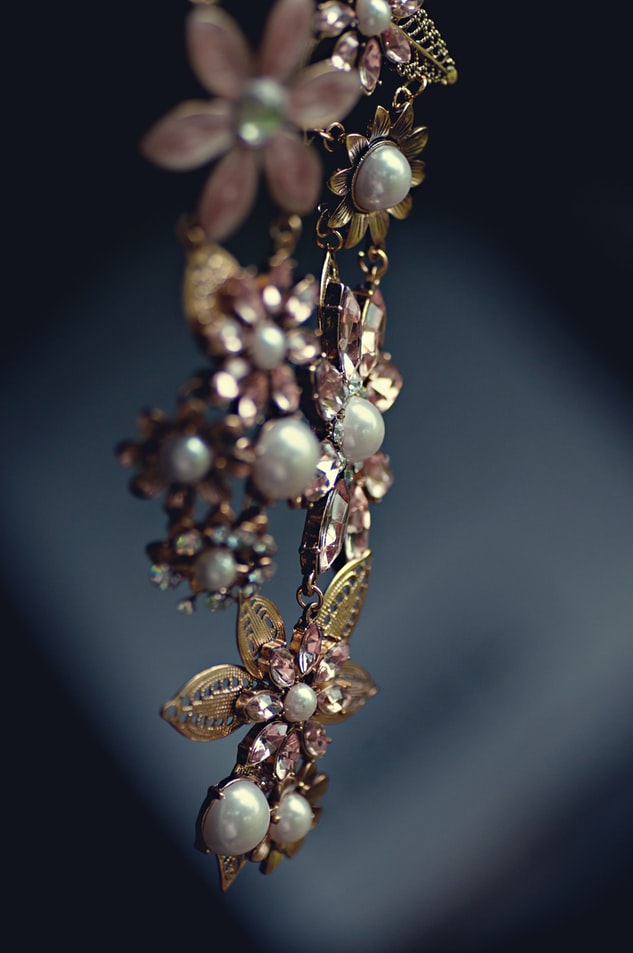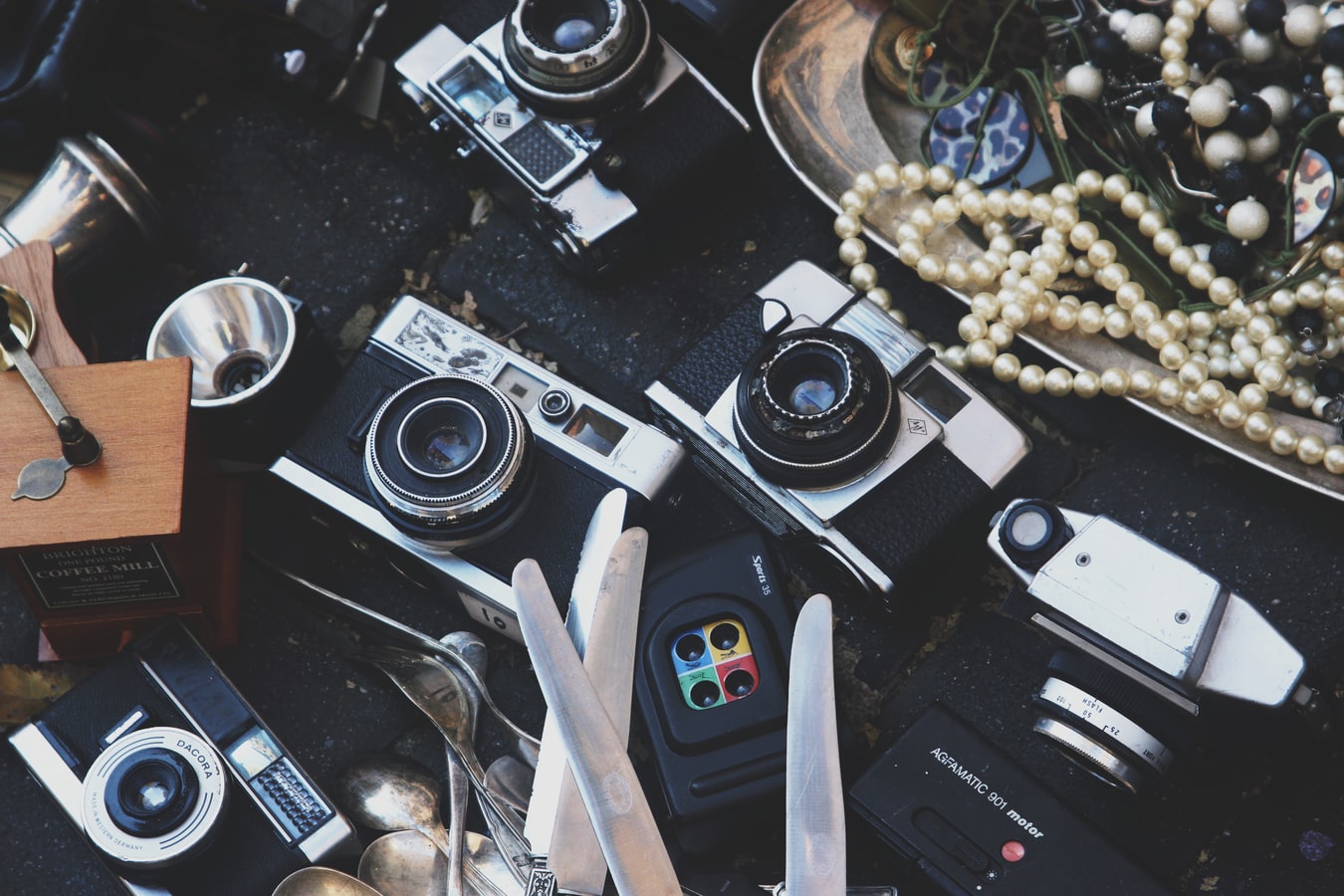I’ve seen Pawn Stars, where someone brings in a family heirloom – a bit of beautiful jewellery that their mother had passed down from generations to generators, clearly worth tons of money. But wait, it’s turned out this was just costume jewellery worth very little. When it comes to looking for antiques, you do not have a bunch of information on what the item is and where it is from, etc. If you are looking to start a collection of antique jewellery, there is a lot you need to know first.
How old is Antique?

One of the first things you’ll want to know is how old antique jewellery needs to be. Vintage is the label jewellery gets before it is consider antique. If your jewellery is 20 years or older, it is considered vintage, where as if your jewellery is 100 years old or other, it’s considered to be antique and will be more valuable. Anything purchased recently – or even in your lifetime – from a boxed store will not be considered antique. This age range is good to keep in mind as newer jewellery isn’t antique in the slightest. antique jewellery is often refereed to, specifically, as jewellery from the Victorian, Georgian, Edwardian or Art Deco Eras.
Common Themes

As antique jewellery are from specific eras, there are quite a few symbols and themes that can be organised in antiques. These include animal motfits (snakes, serpents, dragons, and birds), love knots, minitures, clasped hands, and nature mofits (flowers, leaves and vines). When it comes to flower motfits, there is a lot more symbolism in the pieces – ivy represents fidelity, where as acorns are a mark of life and immortality. Lily-of-the-valley shows sweetness and forget-me-nots represent true love. If you are looking to purchase jewellery for someone else, keeping in mind the meaning behind these themes can make your gift more meaningful.
Signature Markings

It is worth taking a look at the different periods above and deciding what style you want to go after, then start researching brands and jewellery types from that era, so that you know more about what to look out for. Many designers in both vintage and antique jewellery, have signature designs and markers that indicate they were from those jewellery houses or from those makers. Logos, manufacturing locations and stylistic signatures are exclusive to each piece, which can help you determin how antique your piece is and where it was from.
Getting into purchasing antique jewellery can be a fun way to start learning about eras of the world. Not only that, but it’s better for the environment, the pieces often last longer if taken care of (as they have lasted this long) and these items have often been created by individuals, so you would be getting a pretty unique item to show off. Have you ever been out antique jewellery searching?


Thank you for this information!
Anytime!